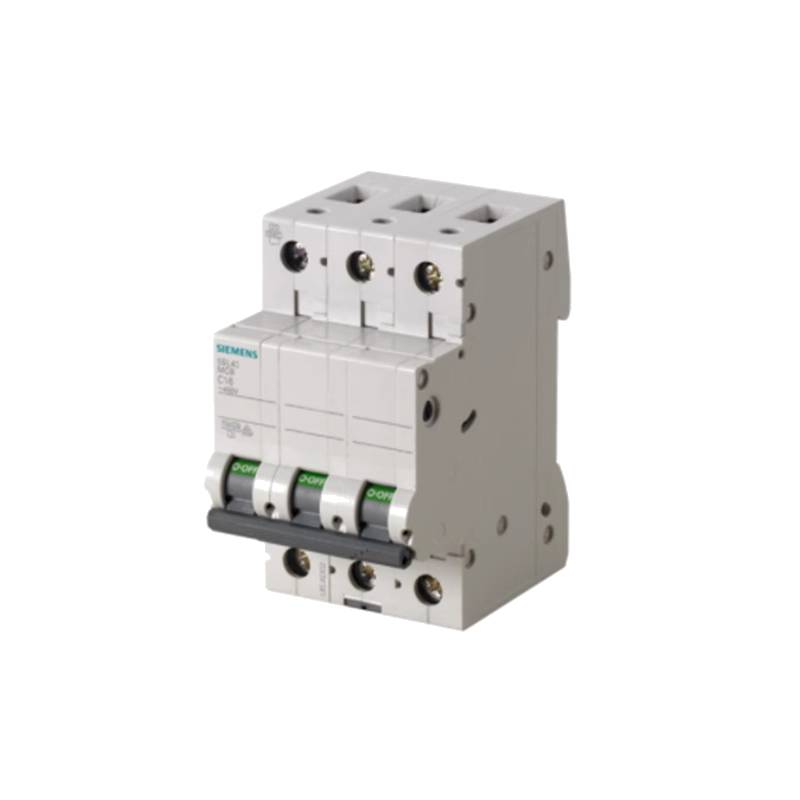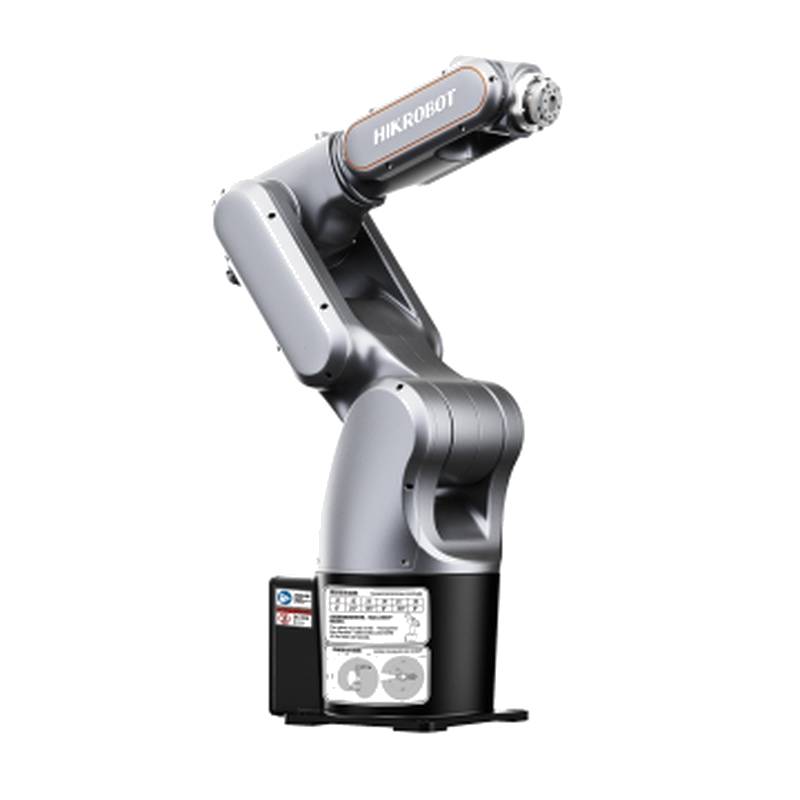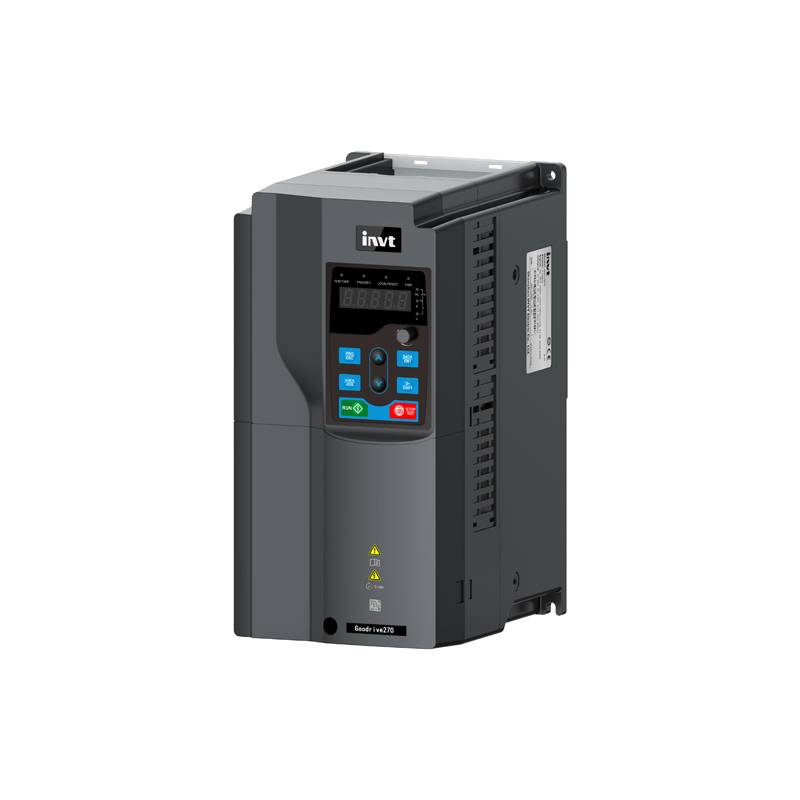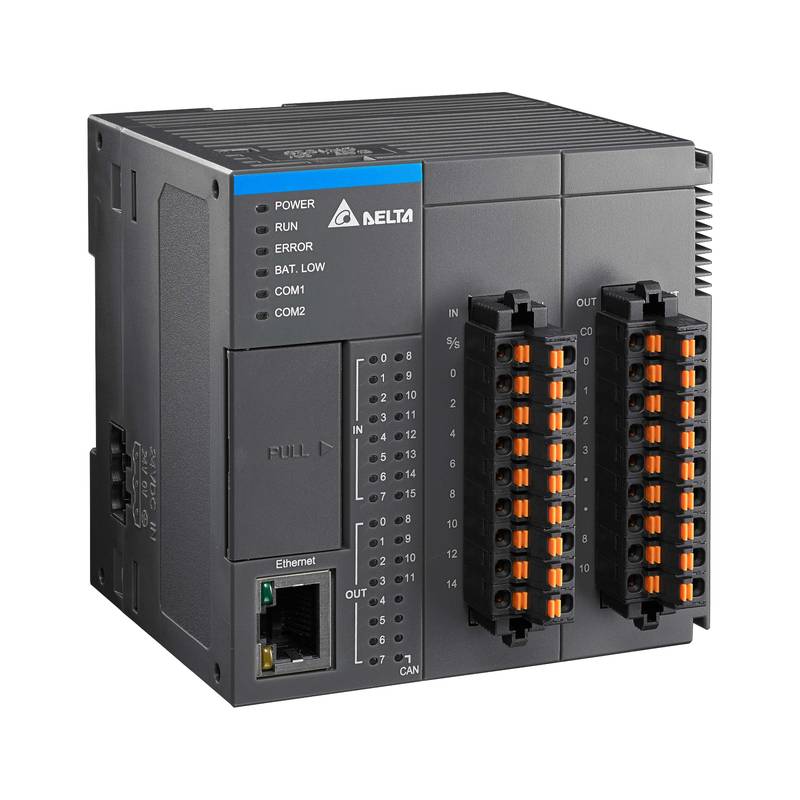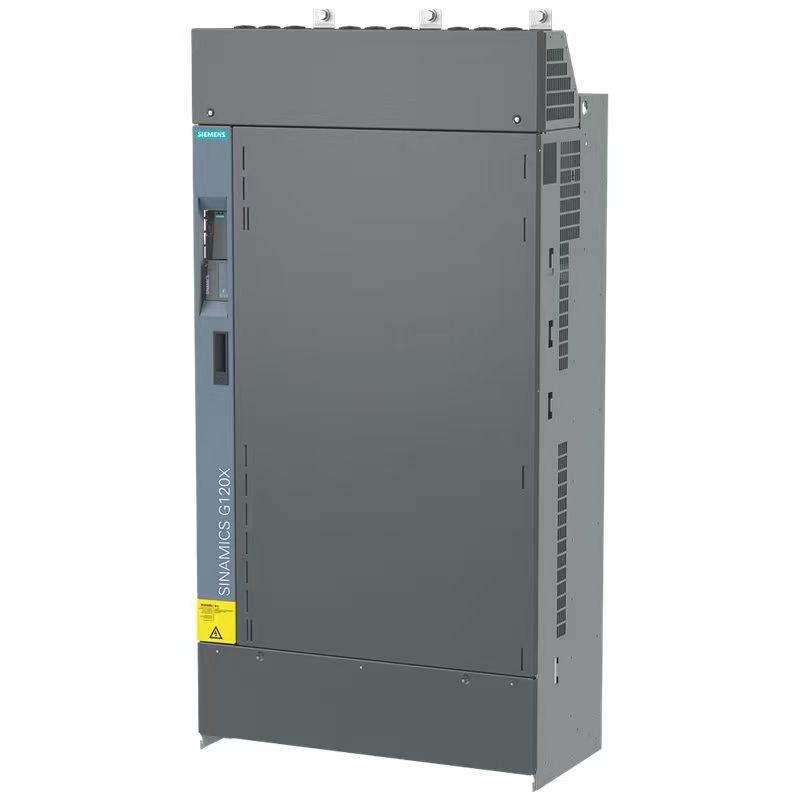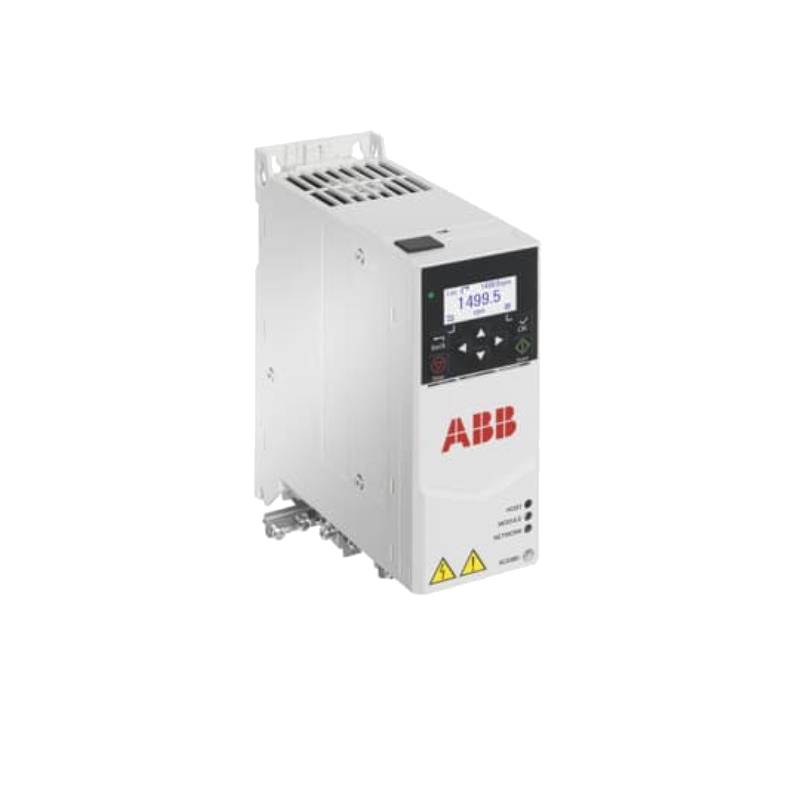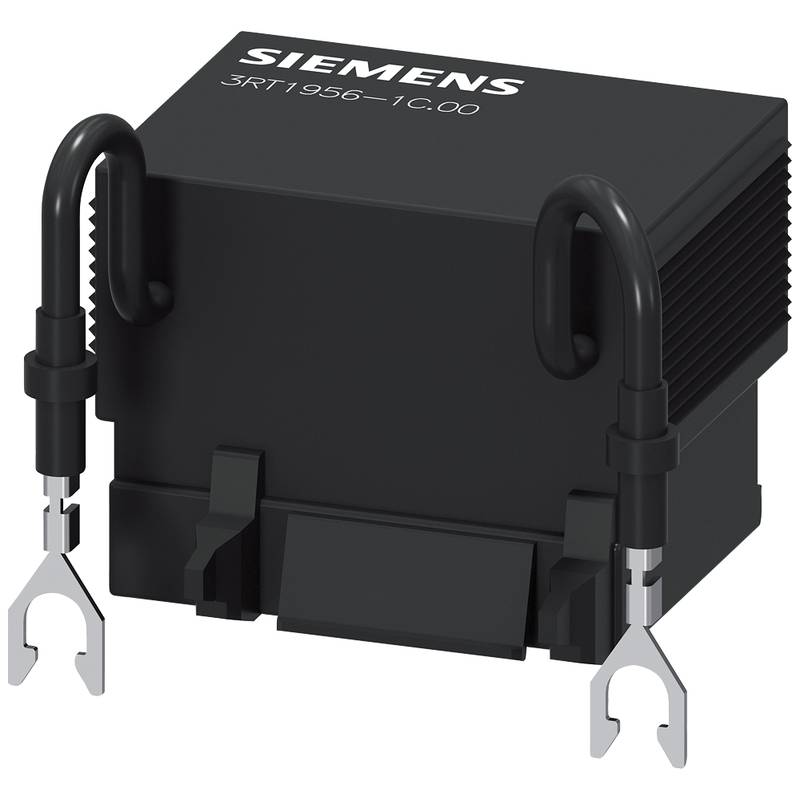
The Siemens 5SN6308-7CN Miniature Circuit Breaker 3P 8A stands as a robust and reliable solution for essential overcurrent protection in a wide array of industrial and commercial applications. Engineered by Siemens, a global leader in electrical engineering and automation, this three-pole circuit breaker offers precise and dependable safeguarding against short circuits and overload conditions, ensuring the integrity of electrical installations and connected equipment. Its core advantages lie in its high breaking capacity, swift tripping mechanism, and compliance with stringent international safety standards, making it a preferred choice for engineers and system integrators seeking dependable circuit protection. Key technical parameters include its rated voltage, current rating of 8A, and three-pole configuration, designed to interrupt faults across all phases simultaneously.
Product Specifications
| Specification | Value |
| :------------------- | :------------------------------------ |
| Product Type | Miniature Circuit Breaker (MCB) |
| Manufacturer | Siemens |
| Model Number | 5SN6308-7CN |
| Number of Poles | 3 (Three-pole) |
| Rated Current (In) | 8 A |
| Rated Voltage (Un) | Varies based on specific application, typically up to 400/415V AC |
| Breaking Capacity (Icn)| Typically 6kA or higher, depending on series and region |
| Tripping Curve | C Curve (common for inductive loads) |
| Frequency | 50/60 Hz |
| Protection Type | Overcurrent, Short-circuit |
| Mounting Type | DIN Rail |
| Protection Class | IP20 |
| Compliance | IEC/EN 60898-1, IEC/EN 60947-2 |
Core Features & Market Positioning
The Siemens 5SN6308-7CN is positioned as a high-quality, reliable component within the competitive Miniature Circuit Breaker market. Its robust construction and adherence to rigorous IEC/EN standards underscore its dependable performance in demanding environments. The breaker's "C" curve characteristic is particularly advantageous for applications with moderate inrush currents, such as lighting systems, control circuits, and some motor loads, offering a balance between sensitive overload protection and tolerance for transient surges. Compared to lower-tier alternatives, the Siemens brand inherently signifies a commitment to durability, safety, and consistent operational parameters, a crucial differentiator for industrial clients who cannot afford downtime due to component failure. Its three-pole configuration ensures complete isolation in three-phase systems, enhancing safety and protection.
Key Application Scenarios
This 8A three-pole miniature circuit breaker is ideally suited for protecting distribution circuits in commercial buildings, industrial facilities, and specialized equipment setups. Common applications include safeguarding motor control circuits for pumps, fans, and small machinery, protecting control panels, and securing lighting circuits in areas requiring three-phase power distribution. It is a fundamental component in power distribution boards and sub-distribution panels where comprehensive protection for multiple loads is necessary. Its precise current rating makes it effective for circuits drawing up to 8 amps, preventing overloads and short circuits that could damage sensitive downstream equipment or pose a fire risk.
Practical System Integration Guidance
Integrating the Siemens 5SN6308-7CN into existing electrical systems is straightforward due to its standard DIN rail mounting. Ensure the main power supply is de-energized before commencing installation. The breaker's line side terminals should be connected to the incoming power, and the load side terminals to the outgoing circuit conductors. For a three-pole breaker, all three phases must be connected correctly to ensure proper protection and load balancing. It is crucial to verify that the wire gauge and terminal torque comply with local electrical codes and the breaker's specifications to prevent overheating and ensure a secure connection. Regular inspection of connections is recommended as part of preventative maintenance.
Operation and Risk Mitigation
The Siemens 5SN6308-7CN operates automatically to interrupt the electrical circuit when an overcurrent (overload or short circuit) is detected. The tripping mechanism is designed for rapid response, minimizing the duration of fault currents and thus reducing potential damage. To mitigate risks, always ensure the breaker is rated appropriately for the load it protects and the supply voltage. Avoid using breakers with higher current ratings than required, as this defeats the purpose of overload protection. In case of nuisance tripping, investigate the connected load for excessive draw or intermittent faults. Ensure proper ventilation around the breaker to prevent overheating, which can affect performance and lifespan.
Scalability & Long-Term Value
The Siemens 5SN6308-7CN is part of Siemens' broader portfolio of electrical components, offering excellent compatibility with other Siemens circuit protection devices and switchgear. This inherent compatibility facilitates system expansion and upgrades. For facilities moving towards smart grid integration or IIoT (Industrial Internet of Things) adoption, while this specific MCB is a foundational component, its performance is foundational to the reliability of systems that may be further augmented with smart metering or remote monitoring capabilities. Its durable construction and reputation for longevity contribute to its long-term value by minimizing replacement needs and ensuring consistent operational safety over its service life.
FAQs
1. What is the breaking capacity of the Siemens 5SN6308-7CN?
The breaking capacity, denoted as Icn, is a critical parameter indicating the maximum fault current the breaker can safely interrupt. For many Siemens MCBs in this series, the typical breaking capacity is 6 kA. This value ensures that the breaker can safely handle common short-circuit events without sustaining damage. Always verify the specific breaking capacity for your exact model variant in the official documentation.
2. Can the Siemens 5SN6308-7CN be used for motor protection?
Yes, the Siemens 5SN6308-7CN, with its 'C' curve, is suitable for protecting circuits that feed motors with moderate starting currents. It provides protection against overloads and short circuits common in motor operation. However, for applications requiring precise motor overload protection with thermal features, a dedicated motor protection circuit breaker (MPCB) might be a more specialized and effective solution.
3. What type of fault does the Siemens 5SN6308-7CN protect against?
This miniature circuit breaker primarily protects against two types of electrical faults: overloads and short circuits. An overload occurs when a circuit draws more current than it is designed for over an extended period. A short circuit is an excessive flow of current that happens when a low-resistance path is created accidentally between two points in the circuit.
4. How do I install the Siemens 5SN6308-7CN MCB?
Installation involves de-energizing the circuit, mounting the breaker onto a standard 35mm DIN rail, and connecting the incoming power conductors to the line terminals and outgoing circuit conductors to the load terminals. Ensure correct phase sequencing for three-pole applications. Always adhere to local electrical codes and safety regulations during installation procedures.
5. What does the '3P' in Siemens 5SN6308-7CN 3P 8A signify?
The '3P' in the product designation stands for three-pole. This indicates that the circuit breaker is designed to interrupt current flow in three separate electrical conductors simultaneously. This is essential for protecting three-phase power systems, ensuring that all phases are disconnected during a fault, thereby preventing damage and maintaining safety in such installations.
6. What is the difference between a 'C' curve and a 'B' curve MCB?
A 'C' curve MCB is designed to trip between 5 to 10 times the rated current, making it suitable for inductive loads with moderate inrush currents, like small motors or fluorescent lighting. A 'B' curve MCB trips between 3 to 5 times the rated current and is typically used for purely resistive loads or low inrush current applications, such as heating elements or incandescent lighting.
7. Is the Siemens 5SN6308-7CN suitable for DC applications?
Miniature circuit breakers like the 5SN6308-7CN are generally designed and rated for AC (Alternating Current) systems. While some MCBs can be adapted for DC use with specific derating or by using specialized DC-rated breakers, it is crucial to consult the manufacturer's specifications. Using an AC-rated breaker in a DC circuit can lead to unsafe operation and failure.
8. Where can I find the datasheet for the Siemens 5SN6308-7CN?
Official datasheets and technical documentation for Siemens products are typically available through the Siemens official website or through authorized Siemens distributors. Searching for "Siemens 5SN6308-7CN datasheet" on a search engine should lead you to the relevant PDF files containing detailed specifications, dimensions, and application notes.
9. What is the operating temperature range for this circuit breaker?
Standard operating temperature ranges for most miniature circuit breakers, including Siemens models, are typically between -25°C to +45°C or +55°C, with reduced performance at the upper limits. It is important to ensure the ambient temperature around the breaker does not exceed these limits to maintain reliable operation and prevent premature aging.
10. How does the Siemens 5SN6308-7CN ensure safety in electrical systems?
The breaker ensures safety by automatically interrupting the circuit when fault conditions like overloads or short circuits are detected, preventing overheating of wires, damage to equipment, and reducing the risk of electrical fires. Its robust design and adherence to international safety standards (IEC/EN) provide a high level of assurance against electrical hazards.














